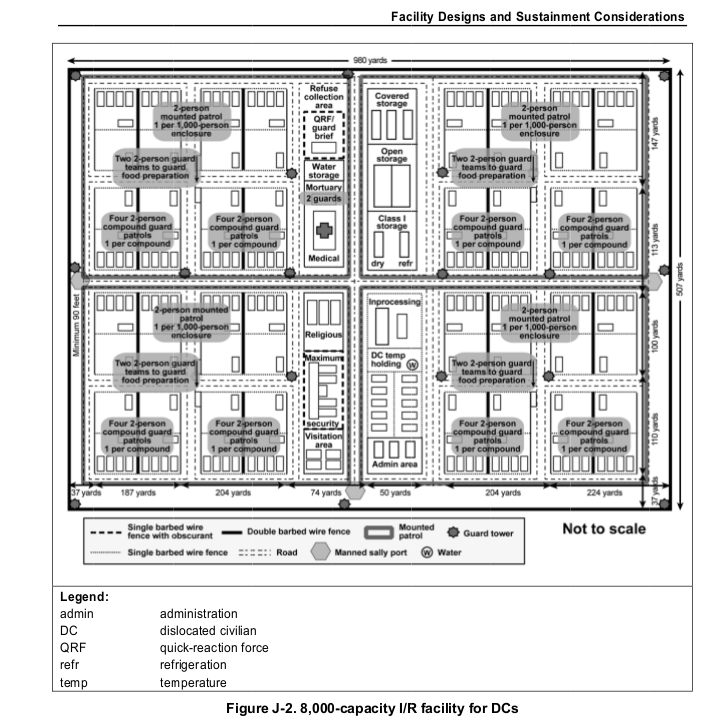Civilian internee
This article needs additional citations for verification. (July 2008) |



Civilian internee is a special status of a prisoner under the Fourth Geneva Convention. Civilian internees are civilians who are detained by a party to a war for security reasons. Historical examples include Japanese American internment in the United States during World War II.
Internment of civilians in occupied Germany after World War II
Long before 1945, Supreme Headquarters Allied Expeditionary Force had worked out automatic arrest categories ranging from the top Nazi Party leadership to the ortsgruppenleiter (local group leader) from the top Gestapo agents to leaders of the Hitler Youth, the Peasants' League, and the Labor Front. In May and June 1945 about 700 civilians a day were arrested, and a total of over 18,000 in August. In September 1945, 82,000 suspects were being held in internment camps, available for possible trial and sentencing as members of criminal organizations. [1]
Well over 100,000 Germans were incarcerated by December 1945, according to Harold Marcuse. Members of the SS and functionaries of the Nazi Party and its affiliated organizations who were covered by the category of "automatic arrest" were interned by the U.S. occupation authorities in the former Dachau concentration camp. The first of these prisoners were released at the beginning of 1946.
The Soviet Union set up ten special camps in the Soviet Zone of Occupation, the former Buchenwald concentration camp became Special Camp No. 2 while Sachsenhausen concentration camp became Special Camp No. 7. They were run by the NKVD.
The British also set up a number of camps: the former Neuengamme concentration camp near Hamburg became No. 6 Civil Internment Camp and KZ Esterwegen became No. 9 Civil Internment Camp.[citation needed][undue weight? ]
Facilities
Internees including civilians are typically contained in an area enclosed by barbed wire fences and guard towers.

